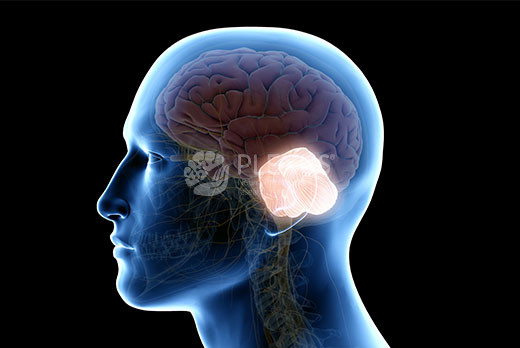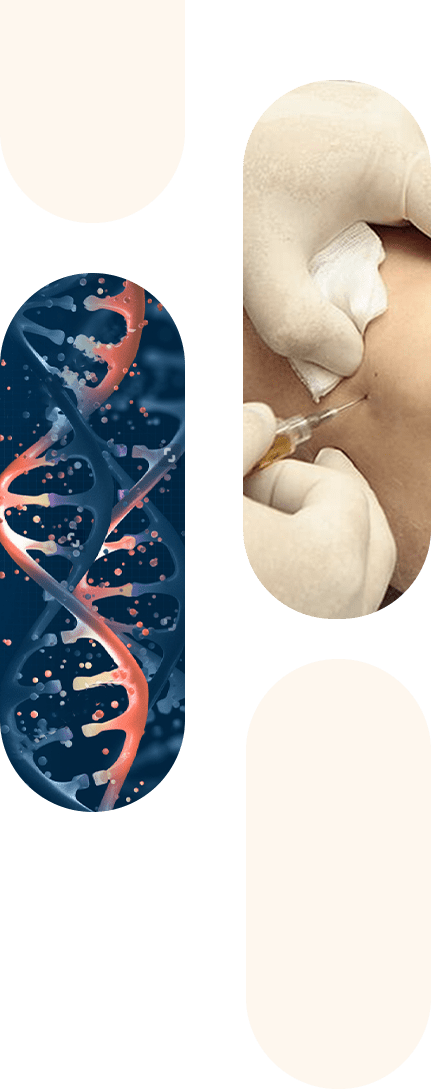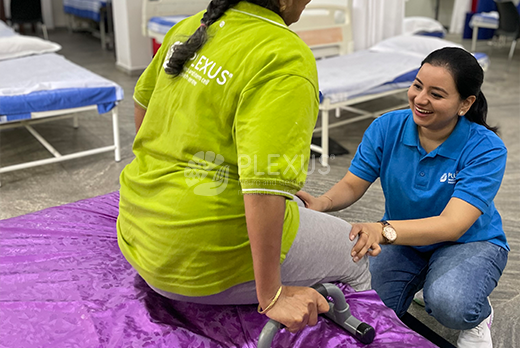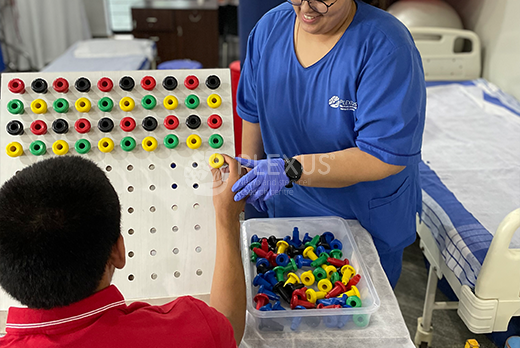- About Us
- Stem Cells
- Neurology
- Disorders
- Services
- All Therapies
- Regenerative Rehabilitation
- Rehabilitation for Stroke
- Rehabilitation for Spinocerebellar Ataxia
- Parkinson’s Disease Rehabilitation
- Multiple Sclerosis Rehabilitation
- Rehabilitation for Spinal Cord Injury
- Rehabilitation for Motor Neuron Disease
- Rehabilitation for Cerebral Palsy
- Brachial Plexus Injury rehabilitation
- Rehabilitation for Global Developmental Delay
- Childhood Disorders Clinic
- Outpatient Services
- Ask a question
- Request an appointment
- About Us
- Stem Cells
- Neurology
- Disorders
- Services
- All Therapies
- Regenerative Rehabilitation
- Rehabilitation for Stroke
- Rehabilitation for Spinocerebellar Ataxia
- Parkinson’s Disease Rehabilitation
- Multiple Sclerosis Rehabilitation
- Rehabilitation for Spinal Cord Injury
- Rehabilitation for Motor Neuron Disease
- Rehabilitation for Cerebral Palsy
- Brachial Plexus Injury rehabilitation
- Rehabilitation for Global Developmental Delay
- Childhood Disorders Clinic
- Outpatient Services
- Ask a question
- Request an appointment
A detailed guide to Spinocerebellar Ataxia


Understanding Spinocerebellar Ataxia
Spinocerebellar Ataxia, Spinocerebellar Atrophy, or Spinocerebellar Degeneration is a genetic disease caused by either a recessive or dominant gene. It refers to a group of ataxias that are known to be hereditary and cause harm to the cerebellum, the part of the brain which maintains balance and controls movements. Spinocerebellar Ataxia may result in non-coordinated gait, impaired hand-eye coordination, and abnormal speech.
The treatment for SCA at Plexus aims to stop or slow down the progression of symptoms, improve balance, stability, and coordination. The best Spinocerebellar Ataxia treatment includes Stem Cell Therapy as well as extensive neuro-rehabilitation, including Physiotherapy, Occupational Therapy, and Speech and Language Therapy.

Symptoms of Spinocerebellar Ataxia
Symptoms of Spinocerebellar Ataxia
Spinocerebellar Ataxia can manifest anywhere between adolescence and late adulthood, depending on the subtype. In general, the early signs of the condition include:
- Trouble with balance and coordination
- Involuntary eye movements
- Poor hand-eye coordination
- Balance and coordination problems
- Speech abnormalities
- Learning and memory problems
- Loss of fine motor skills
- Spasticity
- Fatigue
In addition, several subtypes have their own unique symptoms.
- SCA2 causes slow eye movements and may often involve dementia.
- SCA4 causes sensory loss.
- SCA5 manifests earlier than most subtypes, in the patient’s twenties and thirties. Disease progression, however, is slow.
- SCA7 leads to vision loss.
- SCA10, a rare subtype, can occasionally cause seizures.
- SCA13, another rare subtype, manifests in childhood and leads to shorter stature and some mental retardation.
- For several types of Spinocerebellar Ataxia, the disease can continue progressing for decades and the patient may have a normal lifespan. However, subtypes like SCA1, SCA2, and SCA3 have an average prognosis of 10-15 years.
Causes of Spinocerebellar Ataxia
Spinocerebellar Ataxia occurs because of genetic mutations of various kinds. When inherited in an autosomal dominant fashion, it is sometimes caused due to trinucleotide repeat expansions. A trinucleotide repeat is simply a repeated segment of DNA. When such repetitions occur more frequently than usual, they can lead to genetic disorders. The greater the number of repetitions, the more severe the condition, and the earlier the age of disease onset.
In autosomal dominant inheritance, each newborn has a 50% chance of inheriting the mutated copy of the gene. Other types of SCA happen due to autosomal recessive inheritance, and these cases typically manifest symptoms at an earlier age. Anticipation does not happen in autosomal recessive inheritance. It is also important to note here that the genetic cause of Spinocerebellar Ataxia remains unknown in 25-40% of the cases.
Treatment for Spinocerebellar Ataxia at Plexus

Physiotherapy exercises
Our physiotherapy regime consists of various exercises to improve gait and stability and also enhance control over voluntary movements. Therapists guide patients through:
- Balance training and vestibular rehabilitation
- Trunk stability training
- Core strengthening and locomotor exercises
- Coordination training
Occupational Therapy exercises
Occupational therapies guide the patient through various exercises to improve their functionality when it comes to activities of daily living (ADL). In particular, it targets the incoordination and balance problems that are classic symptoms of Spinocerebellar Ataxia. Exercises commonly recommended include:
- Balance training, especially as applied to indoor mobility and community mobility
- Hand function training
- Handwriting training


Speech Therapy exercises
Speech therapists target dysarthria in patients with Spinocerebellar Ataxia which makes it hard for them to articulate clearly. They also use exercises to strengthen the oro-pharyngeal muscles that control eating and swallowing. Among the exercises recommended are:
- Articulation exercises
- Swallowing techniques
- Strengthening exercises for oral musculature
- Pronunciation exercises
- Use of assistive communication devices
What our patients say
Vikas Anand (name changed)
“For the last three years, I have been wondering what has happened to me. I have contacted many specialists but did not receive any results. After consulting Dr Na’eem Sadiq at Plexus, he told me that I was suffering from Spinocerebellar Ataxia. He provided me with specialized treatment and now I am much better. I am able to walk without support, eat independently and my speech has also improved. The treatment focused on all my problems and helped me improve in all aspects of my life.”

Shaheen Taj (name changed)
"I have been having balance problems since a few months. Since my father and brother also suffered from such a condition, I knew its SCA for me too. I met Dr Sadiq and he did a genetic test for me, the report showed positive for SCA. I have taken stem cell therapy, physiotherapy and occupational therapy for my condition as recommended by Dr Sadiq. I feel I am much more stable in my walking and my daily activities have become easier. I recommend all the people suffering from SCA to take treatment at Plexus."
FAQs answered
Spinocerebellar Ataxia affects the working of the central nervous system and is thus classed as a neurological disorder.
Patients with Spinocerebellar Ataxia may exhibit a variety of cognitive problems related to learning, remembering, and decision-making.
Yes, as the Ataxia affects the cerebellum and brainstem, the patient may experience problems with vision and eye movement.
The rate of progression of Spinocerebellar Ataxia depends on the particular subtype the patient has and the age of disease onset.
Treatment options for Spinocerebellar Ataxia include Physical Therapy, Occupational Therapy, Speech Therapy, Stem Cell Therapy, Nutritive Stem Cell Therapy, and Neurorehabilitation.
Patients with Ataxia are advised to perform cardiovascular activity for overall health. Treadmill training is an effective sporting activity that improves balance and gait in addition to maintaining fitness levels.
A tailored rehabilitation program has been demonstrated to slow down the progression of Spinocerebellar Ataxia and improve coordination and balance.











